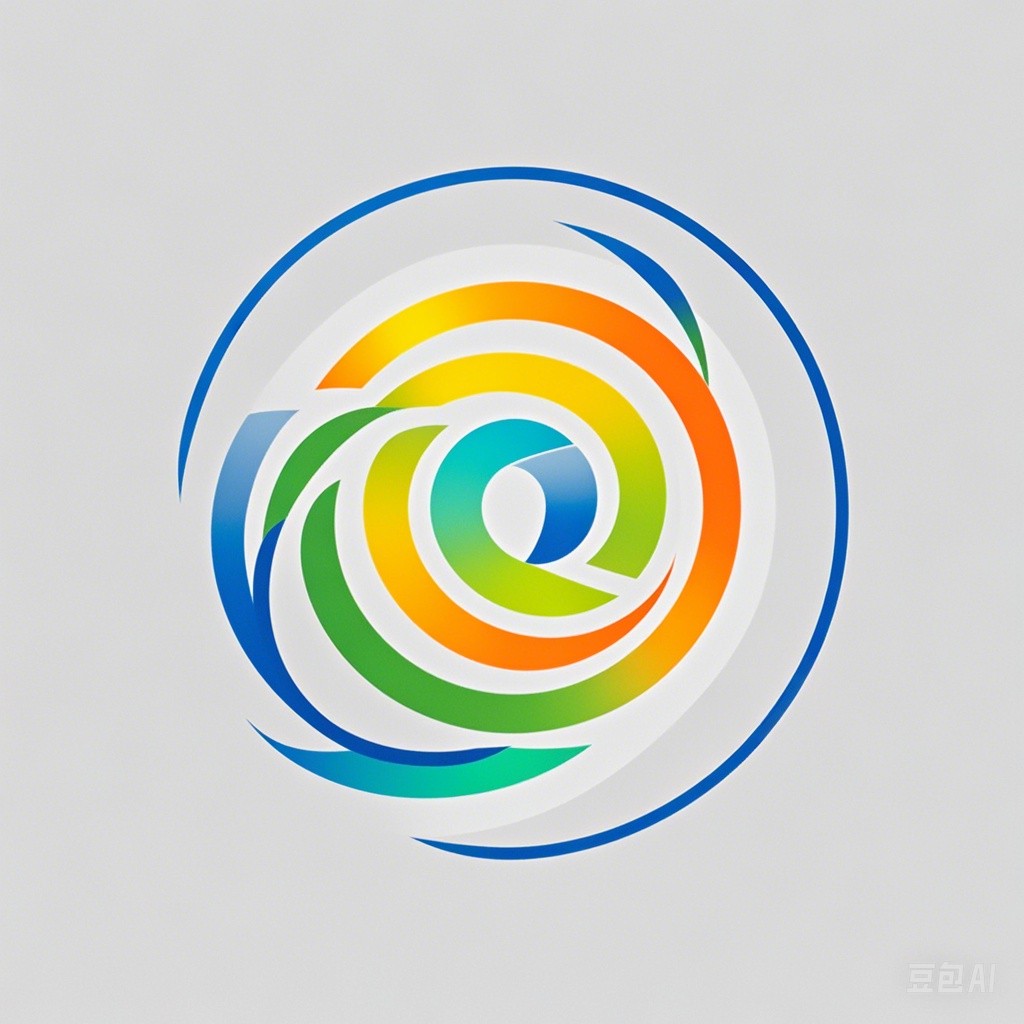Innovation is a driving force behind the evolution of human civilization. It encompasses various domains, including technology, art, science, and communication. Speech, as a fundamental aspect of human interaction, has also been subject to innovation over time. This article explores the possibility and manifestations of innovation in speech, examining its historical context, current trends, and future implications.
Historical Context of Speech Innovation
The history of speech innovation is rich and diverse. Here are some key milestones:
1. Development of Language
The emergence of language itself was a significant innovation in speech. Around 50,000 years ago, Homo sapiens developed complex languages, enabling the transmission of knowledge, culture, and social structures across generations.
2. Writing Systems
The invention of writing systems around 3,000 BCE allowed for the permanent recording of speech, facilitating the spread of knowledge and the development of literature, history, and law.
3. Printing Press
The invention of the printing press by Johannes Gutenberg in the 15th century revolutionized the dissemination of information, making books more accessible and speeding up the spread of ideas.
4. Telecommunications
The development of telecommunications, such as the telegraph, telephone, and internet, has transformed the way people communicate, allowing for real-time speech transmission over long distances.
Current Trends in Speech Innovation
The 21st century has witnessed a surge in speech innovation, driven by advancements in technology and changing social dynamics. Here are some notable trends:
1. Speech Recognition and Synthesis
The development of speech recognition and synthesis technologies has made it possible for computers to understand and generate human speech. This has led to applications such as voice assistants, transcription services, and automated customer service.
2. Social Media and Online Communication
The rise of social media and online communication platforms has created new ways for people to express themselves and interact with others. This has led to the development of new speech styles, such as internet slang and emojis.
3. Multilingualism and Translation
With the increasing globalization of society, there is a growing need for multilingual communication. Advances in machine translation have made it easier for people to communicate across language barriers.
4. Speech Therapy and Assistive Technology
Speech innovation has also had a significant impact on speech therapy and assistive technology. New techniques and tools have been developed to help individuals with speech impairments communicate more effectively.
Future Implications of Speech Innovation
The future of speech innovation is promising, with several potential developments:
1. Enhanced Speech Recognition and Synthesis
Advancements in artificial intelligence and machine learning are expected to improve the accuracy and naturalness of speech recognition and synthesis technologies.
2. Personalized Communication
As technology becomes more integrated into our daily lives, we can expect personalized communication experiences that cater to individual preferences and needs.
3. Ethical Considerations
With the increasing use of speech technologies, ethical considerations, such as privacy, security, and bias, will become increasingly important.
4. Cross-Disciplinary Collaboration
The future of speech innovation will likely involve collaboration between experts in linguistics, psychology, technology, and other fields to create more effective and inclusive communication solutions.
Conclusion
Innovation in speech is a continuous process that has shaped human civilization and will continue to do so in the future. As technology advances and society evolves, we can expect to see new ways of expressing ourselves, communicating with others, and sharing knowledge. The key to harnessing the potential of speech innovation lies in embracing change, fostering collaboration, and addressing the ethical challenges that arise along the way.
